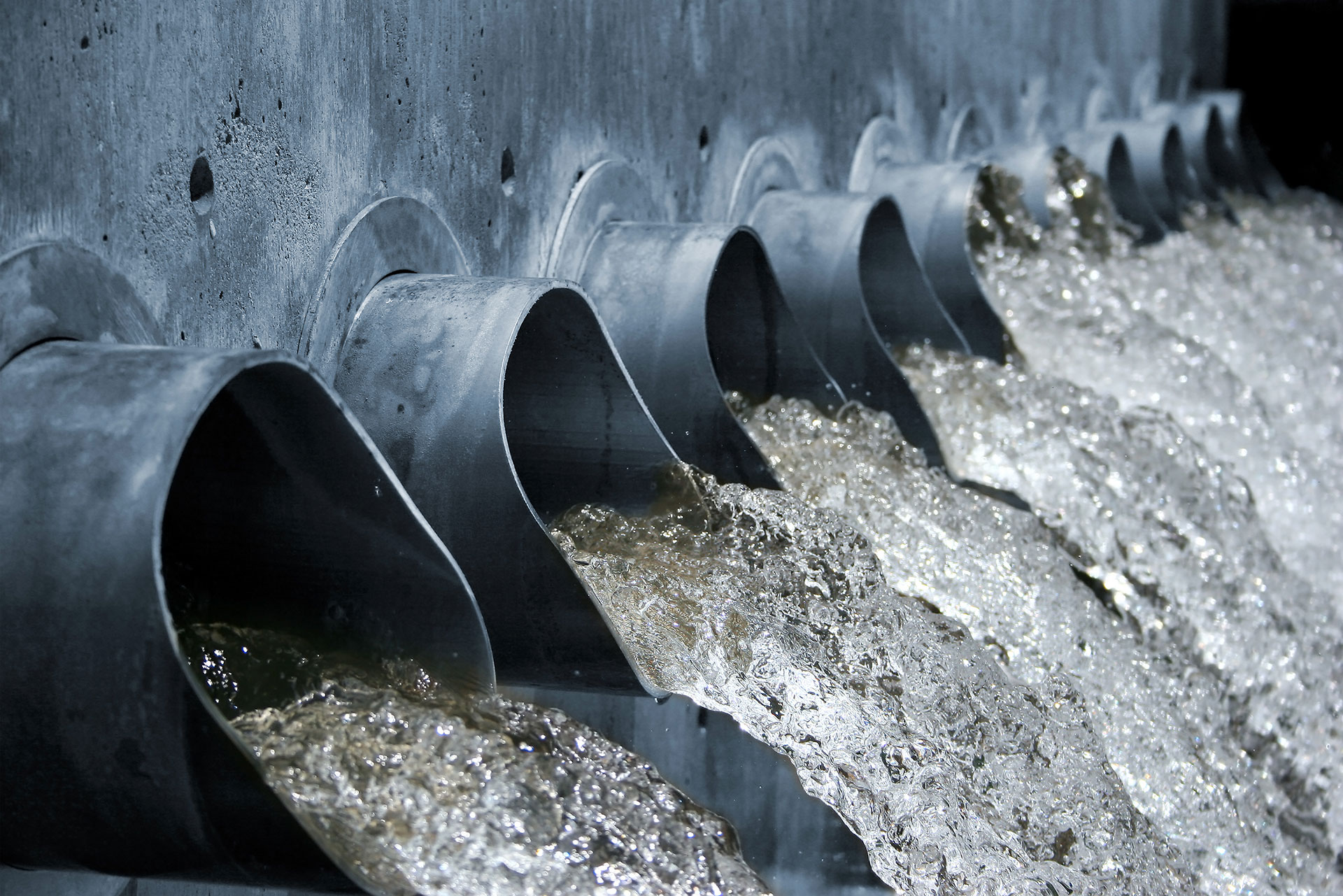Industrial Waste Water Treatment-- Comprehensive Systems for Wastewater Disposal
Industrial Waste Water Treatment-- Comprehensive Systems for Wastewater Disposal
Blog Article
Developments and Advances in Hazardous Waste Water Therapy Technologies
The landscape of industrial wastewater treatment is going through a transformative change, driven by innovations that enhance both performance and sustainability. As governing requirements progress, the integration of AI and maker learning into wastewater management systems promises to improve operations and make sure compliance.
Summary of Drainage Treatment Technologies
Wastewater therapy innovations include a series of techniques made to remove contaminants from commercial effluents prior to their release right into the atmosphere. These innovations are critical for preserving environmental equilibrium and guaranteeing compliance with ecological policies. The main classifications of wastewater therapy consist of physical, chemical, and biological techniques, each offering distinct objectives based on the nature of the contaminants present.

Biological treatment techniques use microbes to degrade raw material, making them especially reliable for organic-rich effluents. Methods like activated sludge and biofilm activators harness the natural deterioration abilities of bacteria, bring about substantial reductions in biochemical oxygen need (BOD)
Advanced Purification Strategies
Advanced filtering techniques stand for an important advancement in the world of commercial wastewater treatment, boosting the efficiency of pollutant removal procedures. Industrial Waste Water Treatment. These approaches incorporate a variety of technologies, including microfiltration, ultrafiltration, nanofiltration, and turn around osmosis, which provide consecutive barriers for numerous particle sizes and chemical structures
Microfiltration and ultrafiltration use membrane systems to eliminate suspended solids, bacteria, and larger natural molecules, boosting the high quality of effluent before further therapy. Nanofiltration connects the space in between ultrafiltration and reverse osmosis, successfully eliminating divalent ions and natural compounds, therefore minimizing the tons on downstream processes.
Reverse osmosis uses the highest degree of purification by allowing only water and small particles to go through its semi-permeable membrane layers, making it perfect for redeeming high-grade water from commercial effluents. Current improvements in membrane innovation, including the growth of even more fouling-resistant and durable materials, have actually substantially boosted operational performance and reduced prices.
Incorporating these advanced purification strategies not only enhances the overall therapy process but additionally adds to sustainability initiatives by enabling water reuse and source recovery in industrial setups. (Industrial Waste Water Treatment)
Biological Treatment Innovations

Additionally, the advancement of crafted organic systems, such as membrane bioreactors Go Here (MBRs), combines biological therapy with advanced membrane filtration. This assimilation enables higher effluent quality and decreased impact, making it ideal for space-constrained commercial centers. Advancements in genetically crafted bacteria have actually likewise emerged, improving the biodegradation of specific contaminants, such as drugs and hefty metals, that are commonly challenging to remove.
Additionally, the application of bioaugmentation methods, where valuable microorganisms are introduced to improve the existing biological treatment procedures, has actually revealed appealing lead to enhancing therapy performance. These advancements jointly signify a fad towards even more lasting and effective biological therapy methods that can adapt to the developing complexities of industrial wastewater streams. As industries remain to prioritize ecological conformity, these biological developments will play an essential role in wastewater monitoring.

Resource Recuperation Methods
In commercial settings, the combination of source healing methods has actually become increasingly vital for improving sustainability and decreasing waste. These techniques concentrate on extracting useful materials and energy from wastewater streams, therefore changing possible pollutants right into reusable resources.
One popular method is nutrition recovery, where nitrogen and phosphorus, frequently existing over in wastewater, are recorded and transformed right into fertilizers. This not just reduces environmental impacts but additionally gives a round economic climate solution for farming applications. Additionally, innovations such as anaerobic digestion permit the conversion of organic waste into biogas, a renewable resource resource that can counter nonrenewable fuel source use in industrial procedures.
Furthermore, progressed purification and membrane modern technologies assist in the healing of commercial spin-offs such as metals and salts. These recuperated materials can be rehabilitated into manufacturing processes, minimizing the need for virgin resources.
Future Patterns in Waste Water Administration
As markets significantly prioritize sustainability, the future of wastewater management is set to undergo substantial transformations. Technical innovations, such as man-made knowledge and device understanding, will allow extra reliable see surveillance and administration of wastewater systems. These technologies can anticipate upkeep requirements, enhance treatment procedures, and boost decision-making, ultimately lowering operational expenses and environmental effect.
Moreover, the integration of round economic climate principles will certainly play a vital role in wastewater administration. Industries are anticipated to change towards systems that not just treat wastewater but also recover important resources, such as nutrients, water, and energy. This change will decrease waste and advertise the reuse of products, aligning with global sustainability goals.
Arising treatment strategies, such as membrane bioreactors and advanced oxidation procedures, will further boost the performance of wastewater therapy, enabling greater top quality effluents ideal for reuse. Furthermore, regulative structures are likely to advance, emphasizing more stringent requirements for wastewater discharge and encouraging markets to take on cutting-edge treatment options.
Conclusion
In final thought, the development Full Article of commercial wastewater therapy modern technologies demonstrates a substantial change towards improved effectiveness and sustainability (Industrial Waste Water Treatment). Innovations in sophisticated filtration techniques, biological therapies, and resource healing methods highlight the sector's dedication to environmental stewardship.
The landscape of commercial wastewater therapy is undertaking a transformative shift, driven by developments that enhance both performance and sustainability.Wastewater therapy modern technologies encompass a variety of methods developed to get rid of pollutants from industrial effluents prior to their release right into the atmosphere.Harnessing the power of biological processes has led to considerable technologies in the therapy of industrial wastewater.Furthermore, the implementation of bioaugmentation techniques, where advantageous microbes are presented to improve the existing biological therapy procedures, has actually revealed encouraging results in improving therapy performance. These innovations collectively indicate a pattern in the direction of even more lasting and efficient biological treatment approaches that can adjust to the progressing intricacies of commercial wastewater streams.
Report this page